McDonnell Douglas DC-10-30 AOM Cubana
Production Time 9 to 10 weeks
Shipment is by FedEx, UPS or DHL International Express Courier with a normal door-to-door delivery time worldwide of within 2-3 business days after dispatch. Due to the current volatility of world fuel prices, the amount mentioned here is our best estimate for DHL and UPS and may be subject to change at the time of shipping.

Model Description: McDonnell Douglas DC-10-30 AOM Cubana Wood Replica Scale Custom Model Aircraft
Manufacturer: McDonnell Douglas
Wingspan: 16.5 Inches (41.9 Centimeters)
Height: 2.00 Inches (5.1 Centimeters)
Scale: 1:120
$239.50
Production Time 9 to 10 weeks
-
United States dollar ($)
-
Pound sterling (£)
-
Euro (€)
-
Australian dollar ($)
-
Canadian dollar ($)
-
Singapore dollar ($)
-
Swiss franc (CHF)
-
Japanese yen (¥)
-
Danish krone (kr.)
-
Hong Kong dollar ($)
-
Norwegian krone (kr)
-
Swedish krona (kr)
-
United Arab Emirates dirham (د.إ)
General Product Description
Our PlaneArts McDonnell Douglas DC-10-30 AOM Cubana model exhibits unique, unrivaled quality and detailed design to come as close as possible to the accuracy of the actual plane. It comes as standard with a robust, durable base or stand which is available in a variety of different finishes designed to match your own personal requirements including solid wood, wood with polished metal supports or adjustable wood wall mount and will be ready within about 9-10 weeks from placement of order.
The McDonnell Douglas DC-10-30 AOM Cubana model is made of the finest kiln dried renewable mahogany wood (commonly known as Lauan or Meranti) which has undergone many stages of carving and meticulous and careful sanding giving the beautiful finished museum quality masterpiece. Many collectors and model connoisseurs demonstrate their preference for genuine handmade and hand painted mahogany wood models rather than plastic or die cast (diecast) alternatives due to the overall look and totally different feel of the item - we trust you will find the same. We can, however, if required produce the same model in Solid Cast Resin so just click and contact us us for further information. Our craftsmen and gifted artisans ensure that our finely handcrafted model airplanes match the precise blueprint details of the original aircraft. The paint scheme, markings and parts are closely matched, reflecting the original aircraft. This stylish top-quality desktop replica model will surely enthrall anyone who receives this as a gift and for sure one of the most appropriate and desirably collectable gifts for any aviation enthusiast and avid aircraft collector whilst also displaying a perfect resemblance to the actual aircraft.
If you require we can also make the McDonnell Douglas DC-10-30 AOM Cubana model in any other airline, private livery or colour scheme you require and if necessary in a different size or scale. Just click here to contact us with a description or photographs of what you require, and we will let you have a quotation for the necessary customization by return email. We can also make bespoke scale replicas of any other private / civil commercial airliner or airliners, helicopter, glider, gliders with engines, military jet, warplane jets, propeller warplanes, biplane, triplane, tail fin, spacecraft, rocket or NASA model you require in any airline, military or civilian livery or colors. We also produce model airships, blimp, dirigible, blimps, boat and ship collectibles. Wall plaque or seal for military, government or private customers. Again, by clicking here to contact us just let us know exactly what you need.
As you may or may not be aware the trade name and copyright permissions for Douglas aircraft are now under the ownership of the Boeing Company and as such, we are proud to be one of the very few international and fully licensed manufacturers of Boeing solid mahogany wood models. You may be interested to read more about the fascinating background to the famous aviation names now under the Boeing umbrella by clicking on the following “Officially Licensed Product” image below:
The McDonnell Douglas DC-10-30: A Glimpse into Cubana’s Aerial Workhorse
The McDonnell Douglas DC-10-30 represents a significant chapter in the history of commercial aviation, particularly in its service with Cubana, Cuba’s flagship airline. This model, an extended-range variant of the DC-10 family, has been noted for its distinctive three-engine configuration and its role in expanding international routes for many carriers around the world. Here, we delve into the key features and historical significance of the DC-10-30 in Cubana’s fleet.
Introduction to the DC-10-30
Developed in the early 1970s, the DC-10-30 was a response to airline demands for a long-range aircraft that could handle intercontinental flights without refueling stops. McDonnell Douglas enhanced the basic DC-10 model by adding fuel tanks in the rear cargo hold, strengthening the undercarriage, and extending the wingspan to accommodate increased fuel load and improved aerodynamics.
Key Features of the DC-10-30:
- Three-engine design: The DC-10-30 is powered by three General Electric CF6 engines, which provided the necessary thrust to handle longer routes over water and remote areas, a critical capability for international airlines, including Cubana.
- Increased fuel capacity: With additional fuel tanks, the DC-10-30 had an extended range of up to 6,600 miles (10,622 km), making it ideal for long-haul flights.
- Advanced avionics for its time: It featured sophisticated navigation and flight management systems that were cutting-edge during its time, facilitating safer and more efficient international travel.
- Cargo capabilities: The aircraft could be easily converted to a freighter configuration, demonstrating versatility in passenger and cargo transport.
Cubana’s Adoption of the DC-10-30:
Cubana used the DC-10-30 to enhance its international service capabilities. This aircraft allowed the airline to expand its reach to destinations that were previously unattainable due to distance and fuel constraints. The DC-10-30 was a crucial asset for Cubana in establishing a stronger presence on global air routes, thus contributing significantly to its international expansion during the late 20th century.
Operational History and Challenges:
The DC-10-30, while technologically advanced, faced several challenges during its service years. Notably, the DC-10 series was marred by high-profile accidents in the 1970s, which raised concerns about its safety and reliability. Despite these issues, the DC-10-30 continued to be a workhorse for many airlines, including Cubana, due to its exceptional range and payload capabilities.
Cubana’s operation of the DC-10-30 also highlighted the airline’s commitment to improving its international service standards. The aircraft was instrumental in connecting Cuba with the rest of the world, supporting not only passenger travel but also cargo and humanitarian missions.
Legacy and Retirement:
The legacy of the DC-10-30 as part of Cubana’s fleet is marked by its role in enhancing the airline’s operational capacity and its contribution to international aviation. As newer, more efficient aircraft became available, the DC-10-30 was gradually phased out. However, its impact remains significant in the annals of aviation history.
The DC-10-30, with its distinctive features and significant contributions to airlines like Cubana, remains an iconic example of aviation engineering and intercontinental travel. Its story reflects the dynamic nature of the aviation industry and the continuous evolution towards better, safer, and more efficient air transport.
| Weight | 6 kg |
|---|---|
| Dimensions | 17 × 16.5 × 2.00 in |

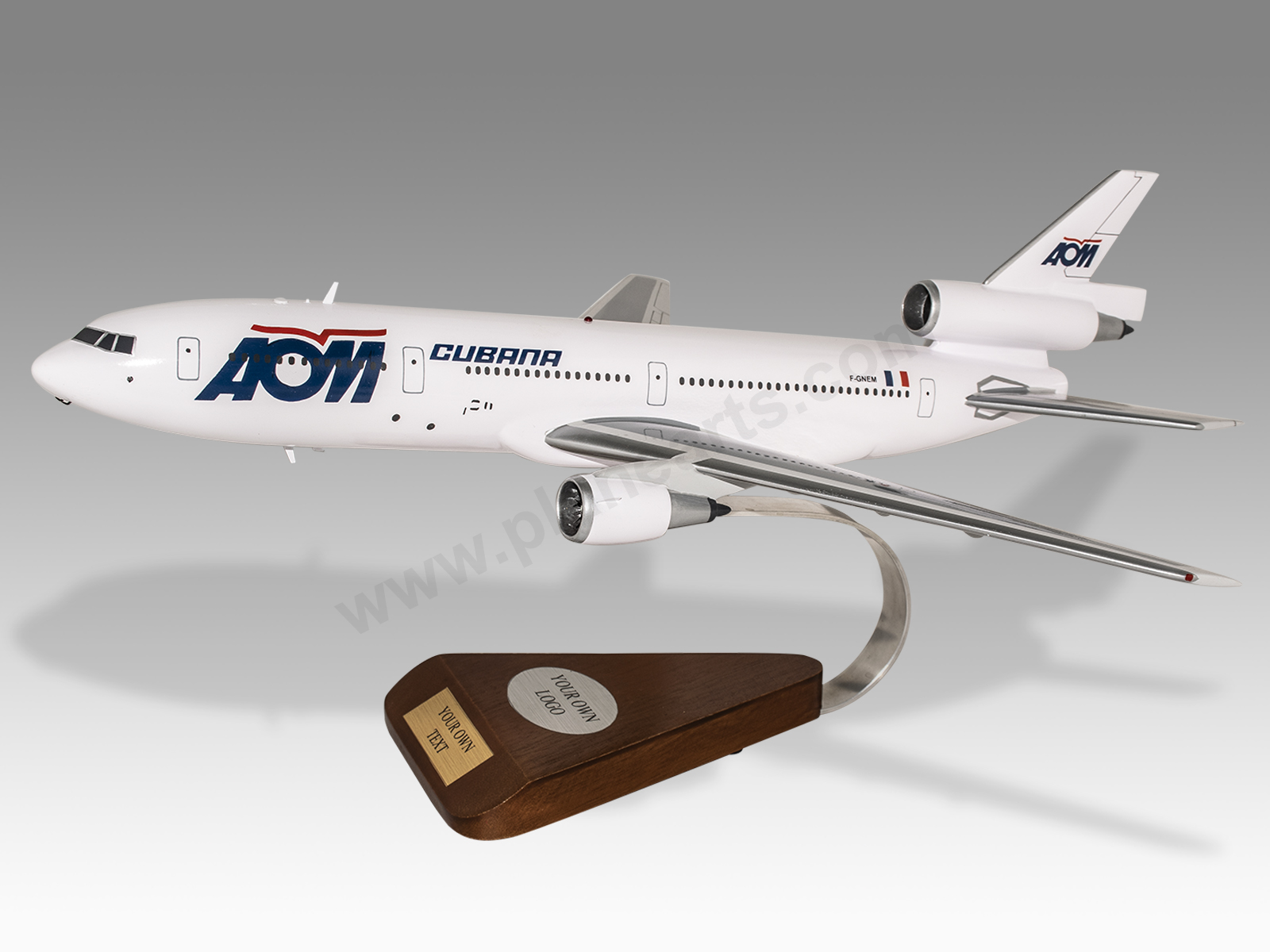
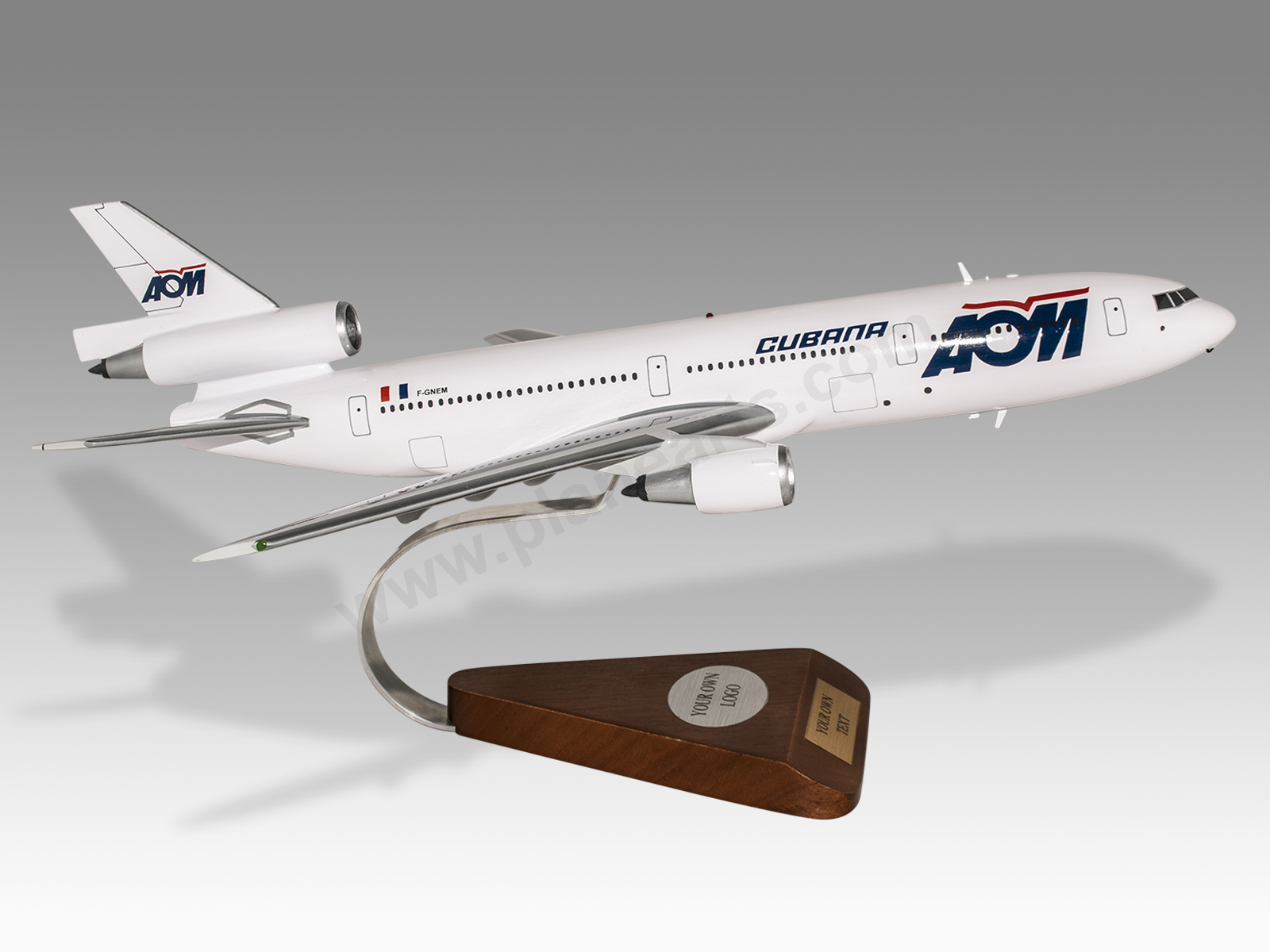
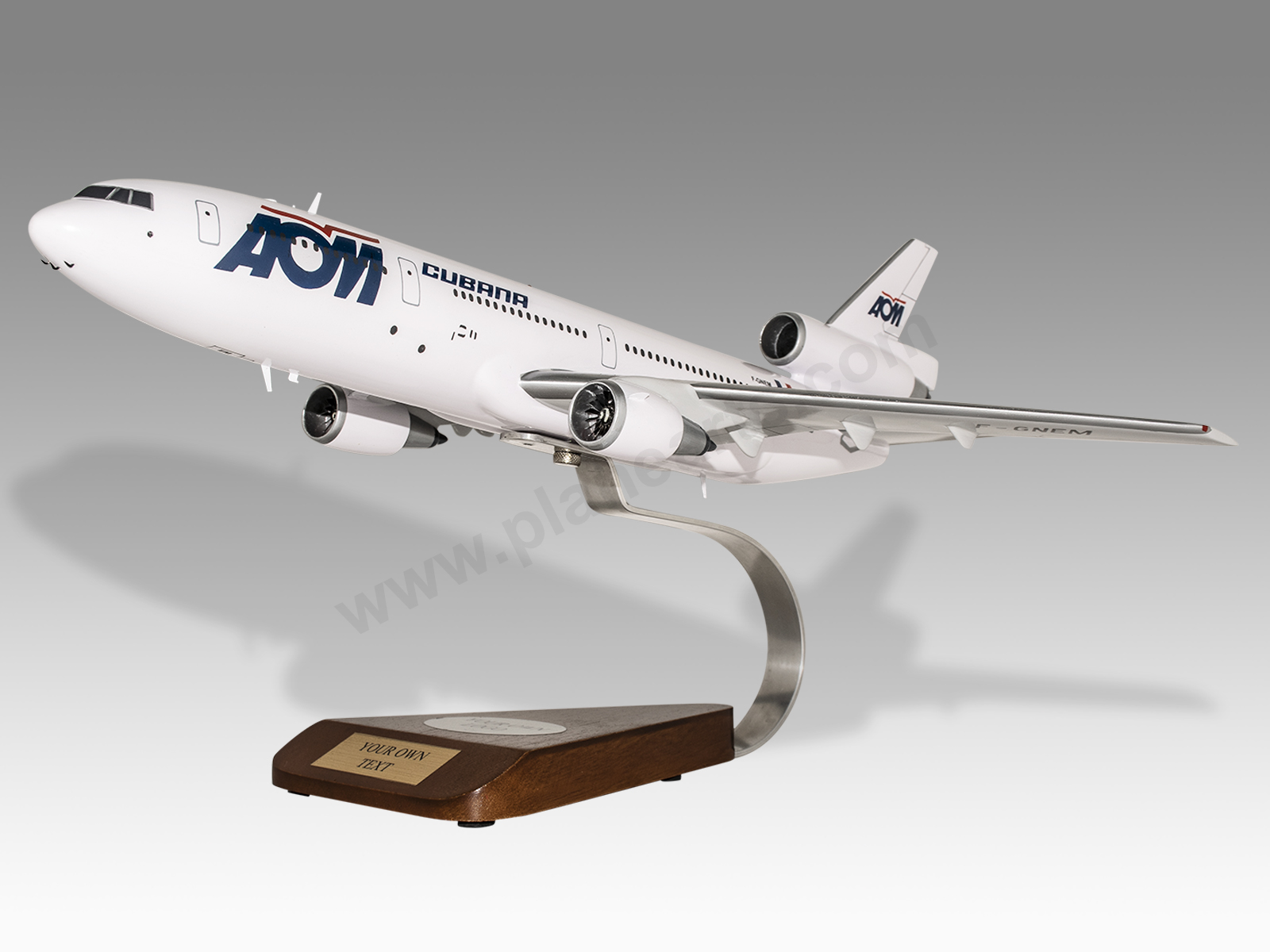

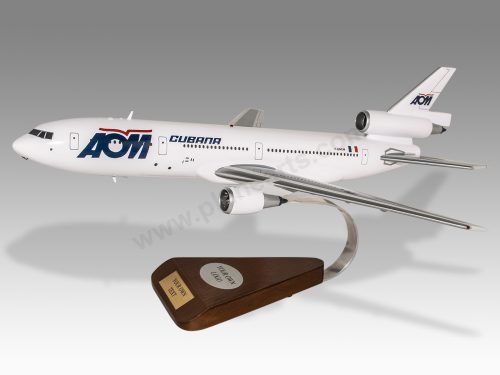
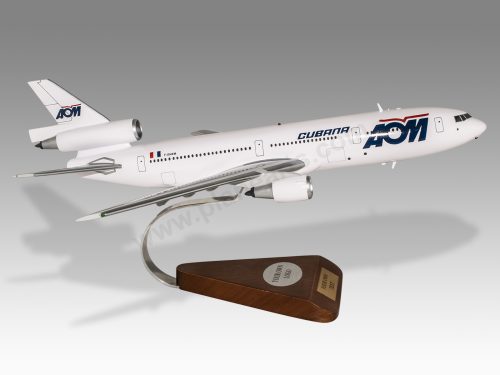
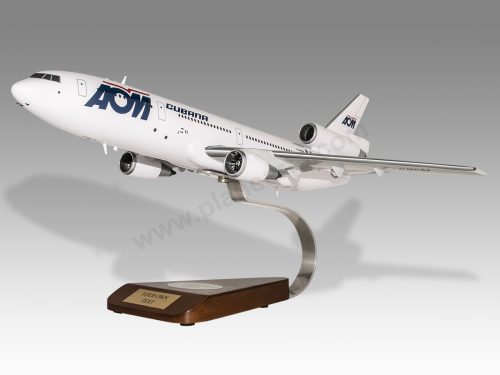
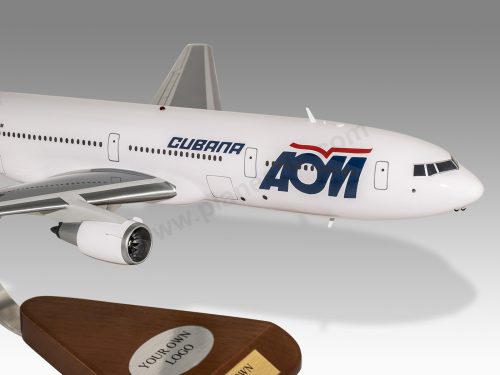
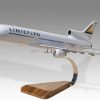
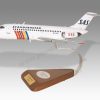

Reviews
There are no reviews yet.